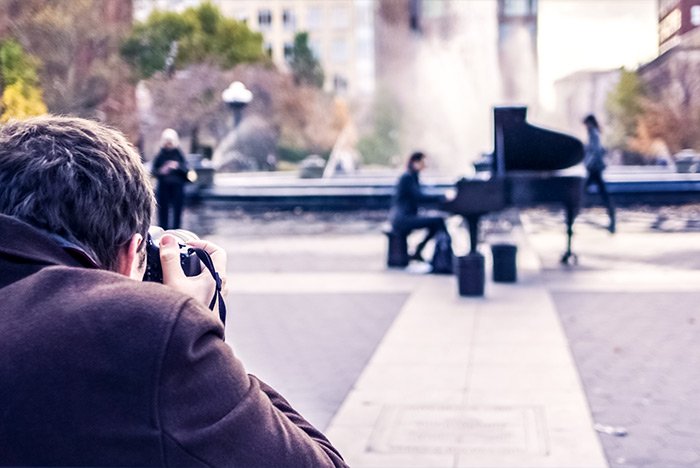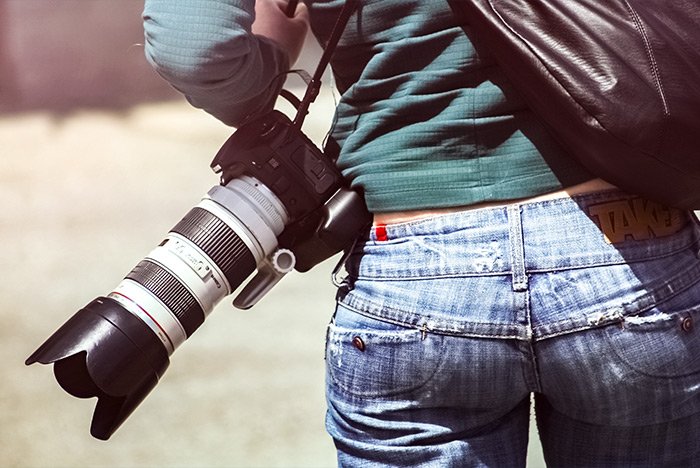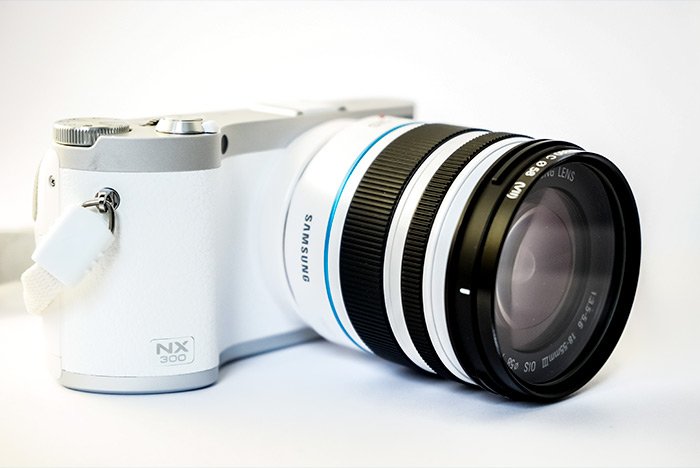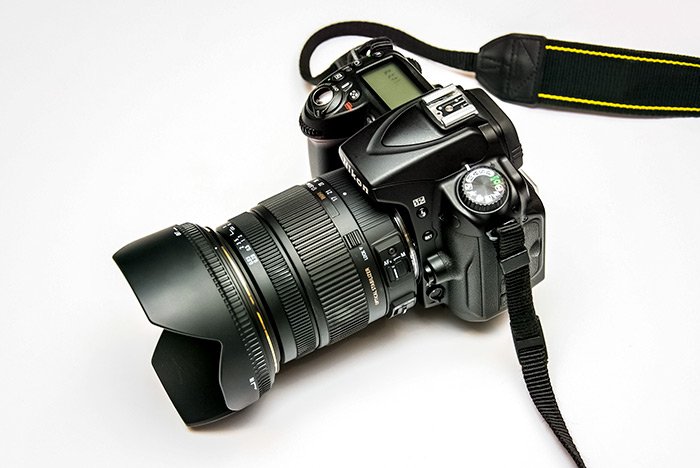EmeraldHike
Member
- Joined
- May 10, 2021
- Messages
- 133
- Reaction Score
- 0
- Points
- 21
- #1
The truth of the matter is that camera lenses are expensive. Not all of them are really expensive, but some of them are. And even for the ones that aren’t, it’s not like any of us want to go out and purchase another one because something terrible happened to the one we have.
In today’s post, I’d like to talk about something so simple that it’s not really discussed all that often. I’d like to talk about different ways we can protect our camera lenses. While protecting something that’s used so much in so many different types of environments can be challenging, there are some clever ideas we can take advantage of. I’ll do my best at laying them out below.

By the way, I just did a quick Google search to see if camera gear insurance is easy to find and it’s all over the place. There were lots of smaller agents on page one with Nationwide Insurance as the largest vendor.

Do you see anything wrong with it? Do you see how long that lens sticks out from the camera? Imagine someone called this person and said, “Hey, quick, take a look at this!” And the person holding the camera swung around to the right to look. If there was something in the way, the big ol’ lens would smack right into that object. That’s not good for lenses.
The girl in the photo most likely has the camera strap over her shoulder in such a way as to make the camera and lens face outward. If she were to turn that strap around so the camera faced inward, the lens would be much more protected. This is such a simple idea.

The only issue with UV filters is that they can, at times, create a ricochet of light which can create an artifact on the camera’s sensor, which can result in an imperfect photo. I don’t think this is very prevalent out there, so tons an tons of photographers swear by the UV filter solution.

Think about what a lens hood does. It keep errant light from reaching your camera’s sensor. It also keeps your lens glass from bumping into something, unless, of course, that something is pointed in such a way as to make it past the distance of the hood. Lens hoods also keep dirty, oily fingers off the lens glass itself. So even if you use a UV filter as protection against bumping, you may still be smudging the filter glass. With a lens hood added as well, those smudges won’t be there. They won’t make it into the interior area, which is a good thing.
In my opinion, a lens hood combined with a UV filter is a great way to go. Getting rid of the UV filter altogether is also an option. I know how much photographers like a pure lens to look through, so cheap UV filters are out of the question. I suppose you could always go the expensive route and get a really high quality filter, but that would be up to you.
I hope I offered some helpful suggestions for how to keep the glass at the end of your camera lens safe. If you have any questions regarding this post, please let me know in the comment section down below or in the photography discussion forum. Thanks for reading!
In today’s post, I’d like to talk about something so simple that it’s not really discussed all that often. I’d like to talk about different ways we can protect our camera lenses. While protecting something that’s used so much in so many different types of environments can be challenging, there are some clever ideas we can take advantage of. I’ll do my best at laying them out below.

Camera Gear Insurance
For the amateur photographer, I shouldn’t even be talking about this. For the professional photographer though, this may be something worth looking into. Through the years, I’ve heard a lot about photographers insuring their cameras and gear. I mean, think about it. If photography is your livelihood and your gear is one of the most expensive investments that can easily amount to tens of thousands of dollars or more, isn’t it wise to insure that gear? I know this doesn’t really have to do with just lenses per se, but since camera lenses are so expensive and can take up the majority of what a camera setup costs, you would need to do everything in your power to not lose your investment. Think about checking camera gear for plane travel. Think about it bouncing around in the back of a jeep as you’re driving through the jungle. Anything can happen.By the way, I just did a quick Google search to see if camera gear insurance is easy to find and it’s all over the place. There were lots of smaller agents on page one with Nationwide Insurance as the largest vendor.
The Way You Carry Your Camera
I want you to do me a favor and take a look at this photo.
Do you see anything wrong with it? Do you see how long that lens sticks out from the camera? Imagine someone called this person and said, “Hey, quick, take a look at this!” And the person holding the camera swung around to the right to look. If there was something in the way, the big ol’ lens would smack right into that object. That’s not good for lenses.
The girl in the photo most likely has the camera strap over her shoulder in such a way as to make the camera and lens face outward. If she were to turn that strap around so the camera faced inward, the lens would be much more protected. This is such a simple idea.
A UV Lens Filter
The longer you stay with photography, the more you’ll hear about screwing UV filters onto the ends of your lenses as protection. You’ll hear things like, “I don’t think UV filters actually do anything, but they’re cheap enough to buy and to keep on the end of my lens, you know, just for protection.” You’ll hear stories about falling down and having the UV filter crack, but the lens staying safe. You’ll hear it all. And guess what; it’s all true. Adding a UV filter to the end of your lens can keep the lens glass out of harms way in so many different ways. Not only from falling down and having your camera lens crack into something, but from scratches and bumps and fingerprints and everything else. It’s like adding one of those clear plastic protective coatings to your smart phone. Those are to keep the real surface squeaky clean.
The only issue with UV filters is that they can, at times, create a ricochet of light which can create an artifact on the camera’s sensor, which can result in an imperfect photo. I don’t think this is very prevalent out there, so tons an tons of photographers swear by the UV filter solution.
The Lens Hood
I’m sure you’ve seen these things before. They’re cheap and they’re all over the place. A lens hood is a piece of gear that you either pop or screw onto the end of your lens. It’s primarily used to keep various angles of light off your sensor and flares out of your photos, but they’re become increasingly popular for lens protection in and of itself.
Think about what a lens hood does. It keep errant light from reaching your camera’s sensor. It also keeps your lens glass from bumping into something, unless, of course, that something is pointed in such a way as to make it past the distance of the hood. Lens hoods also keep dirty, oily fingers off the lens glass itself. So even if you use a UV filter as protection against bumping, you may still be smudging the filter glass. With a lens hood added as well, those smudges won’t be there. They won’t make it into the interior area, which is a good thing.
In my opinion, a lens hood combined with a UV filter is a great way to go. Getting rid of the UV filter altogether is also an option. I know how much photographers like a pure lens to look through, so cheap UV filters are out of the question. I suppose you could always go the expensive route and get a really high quality filter, but that would be up to you.
I hope I offered some helpful suggestions for how to keep the glass at the end of your camera lens safe. If you have any questions regarding this post, please let me know in the comment section down below or in the photography discussion forum. Thanks for reading!

